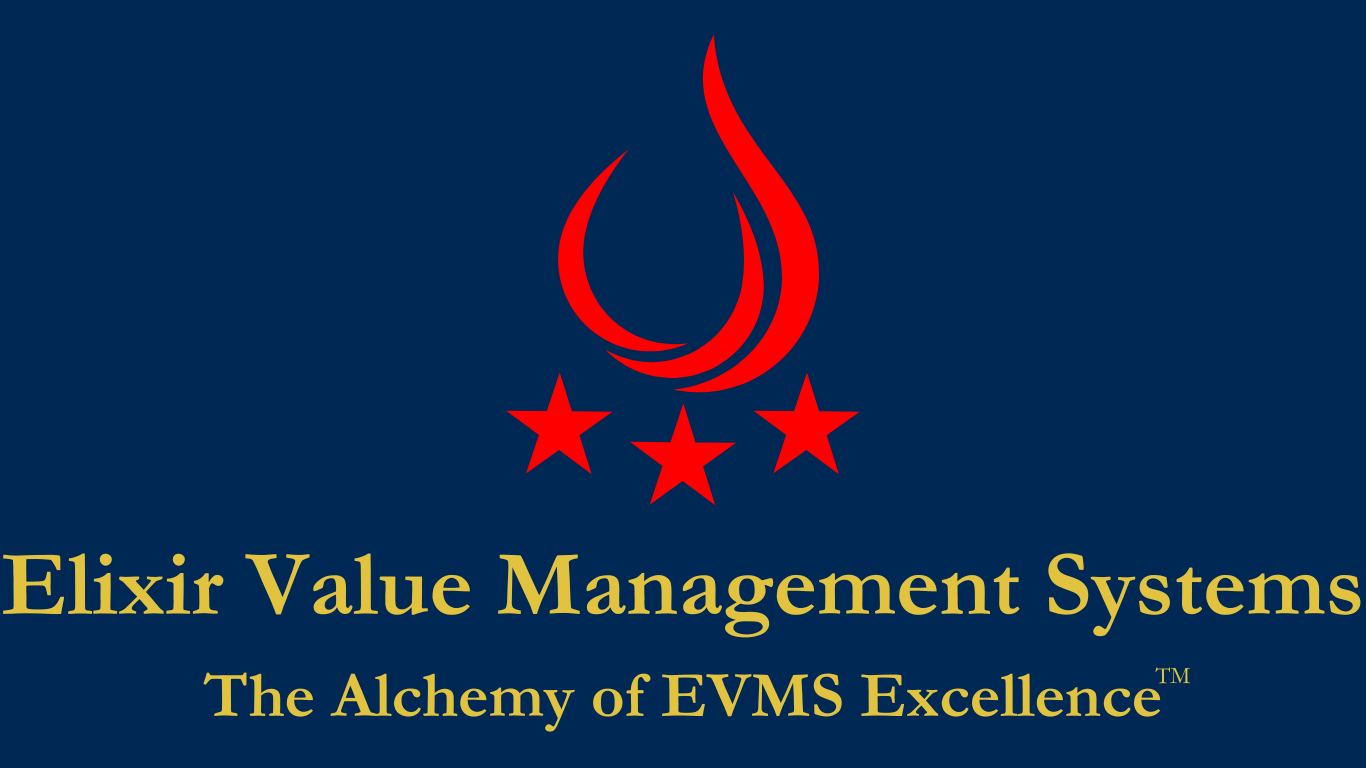⚡ Directed Energy Weapons in Missile Defense: Hype, Reality, and Who’s Actually Delivering ⚡
Missile defense is reaching a tipping point. The rise of drone swarms, saturation missile attacks, and emerging hypersonic threats is outpacing the speed, cost, and magazine depth of traditional kinetic interceptors. Directed Energy Weapons (DEWs)—once a futuristic aspiration—are now entering field trials and limited operational use.
But while the physics is proven, the execution remains complex. Industry is racing not only to deliver tactical capability, but also to align with programmatic realities, evolving oversight, and a budget-constrained acquisition environment.
🔧 The Technical Fight: Power, Cooling, and Survivability
DEWs primarily rely on High-Energy Lasers (HELs) and High-Power Microwave (HPM) systems. Their advantages are well-known: speed-of-light engagement, minimal cost-per-shot, and deep magazines. But the tradeoffs are extremely challenging:
SWaP Constraints: Tactical platforms (Stryker, naval ships, mobile trailers) struggle to accommodate >100 kW systems without power, cooling, or stability failures.
Thermal Instability: Degraded optics and overheating remain key failure points—most fielded systems average <1 hour MTBF.
Environmental Limitations: Lasers degrade in fog, dust, rain, and maritime salt—raising concerns about reliability in expeditionary settings.
Despite these hurdles, top-tier primes are pushing forward.
Lockheed leads in maturity and field integration. Rafael holds the distinction of operational credibility. Raytheon and Northrop remain central but must overcome reliability and platform fit issues. GA and Boeing offer promise in the scalability race.
📈 Market Size and Cost Realities
The global Directed Energy Weapons market is projected to grow from $9–11 B in 2024 to $20–32 B by the early 2030s, reflecting a CAGR of approximately 10%–15%.
Laser cost-per-shot: <$5. Interceptor missiles: $50K+.
Scalability remains constrained by thermal limits, environmental exposure, and integration complexity.
Supply chain fragility—particularly around critical minerals like germanium, gallium, and rare earth elements used in optics, power modules, and semiconductors—remains a serious vulnerability, with China dominating much of the global supply.
🛰️ The “Golden Dome” Vision: Ambition Meets Physics
There is growing momentum behind a homeland missile defense shield leveraging DEWs—a “Golden Dome” model inspired by Israel’s Iron Beam.
But scaling it to U.S. needs introduces:
Power challenges (1–10 MW needed for strategic defense)
Environmental degradation across island and domestic bases
A cost curve that could surpass $500B+ over 20 years if not tightly managed
Guam remains the most likely pilot site. A national-scale version remains aspirational.
🏛️ Oversight, Funding & Acquisition Reform
DEW programs no longer operate in a regulatory vacuum. Oversight is tightening:
DoD funding is strong through FY28, especially for Army and MDA programs
Watchdog scrutiny is rising—with GAO and Congress monitoring failed demos and cost overruns
NDAA provisions and acquisition policy are driving accountability even for rapid-spend prototyping
📜 FAR and EIA-748: Compliance is Shifting
As DEW programs move into production and scaling, they're now subject to modernized acquisition rules:
The Federal Acquisition Regulation (FAR) is undergoing a phased overhaul—EVMS clauses are being consolidated and Integrated Baseline Review (IBR) triggers are being tightened. The streamlined language is active via deviation now and is expected to finalize by late 2025.
The next revision of the EIA-748 EVMS standard (Rev E) has completed public comment but has not yet been officially released. Until then, Revision D remains the governing standard.
Thresholds for EVMS enforcement have increased ($50M for compliance, $100M for validation), but performance discipline still matters even below those levels.
DEW contractors must now balance innovation with baseline integrity, modularity, and clearer cost/schedule insight—or risk oversight backlash.
🚨 Historical Caution: Don’t Repeat the Mistakes of SDI
This isn’t the Pentagon’s first laser rodeo.
The Strategic Defense Initiative of the 1980s spent billions on space-based lasers without operational yield.
The Airborne Laser Program of the 2000s burned through nearly $5B before being canceled post-test.
Programs like the Northrop M-SHORAD laser remind us: deploying cutting-edge tech without robust sustainment and integration strategies is a recipe for delay—not dominance.
DEW programs today must learn from history and prove durability, cost realism, and operational relevance—not just lab success.
📌 Strategic Takeaways
Lockheed Martin and Rafael are setting the pace. Others must deliver consistent, fieldable systems to remain relevant.
Reliability, thermal stability, and ruggedization remain the top technical chokepoints.
Oversight is back. Between GAO, NDAA, and FAR reform, programs can’t hide performance issues anymore.
Cost-effectiveness is non-negotiable. Budget pressure means even promising tech won’t be tolerated without a realistic delivery path.
Past failures hang over the sector. DEW’s future depends on avoiding the fate of Star Wars and Airborne Laser by getting both engineering and program controls right.
Let’s Talk!
At Elixir Value Management Systems, Inc., we help defense, aerospace, space, and nuclear energy contractors modernize and integrate Earned Value Management Systems (EVMS) and Project Controls in support of today’s most advanced platforms—whether kinetic or directed energy.
If your organization is preparing for a complex weapon system program, facing IPMDAR reporting requirements, or standing up a compliant EVMS, our team brings the technical expertise and strategic oversight to help you deliver with confidence.
📧 karlo.menoscal@elixirvms.com
📞 949-351-8896
Unlock The Alchemy of EVMS Excellence™ with Elixir Value Management Systems, Inc.
#EVMS #ProjectControls #Aerospace #Defense #Space #ProjectManagement

